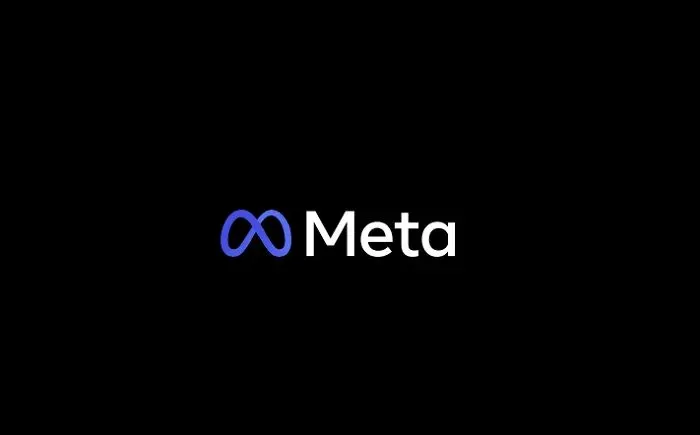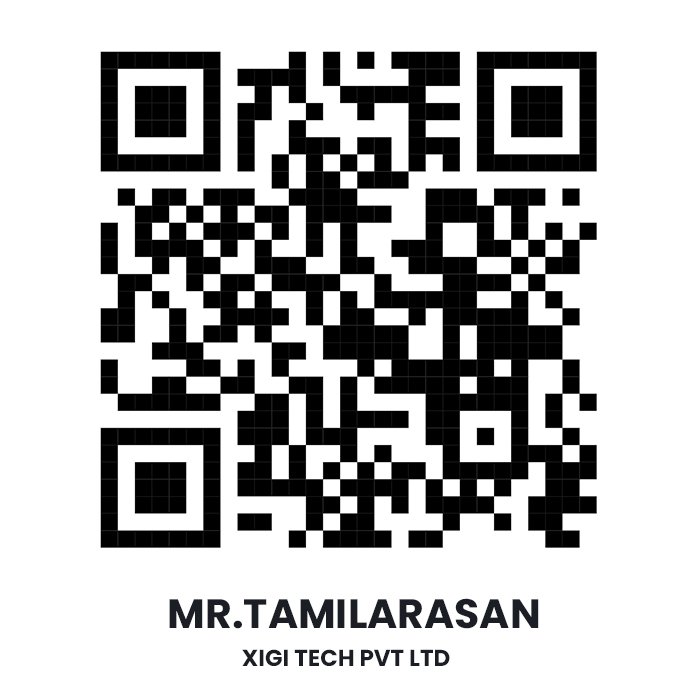In the digital age, visibility is a key driver of growth for small businesses. With over 3 billion monthly active users on Meta, the platform presents a powerful opportunity to reach, engage, and convert target audiences. Meta advertising—now integrated within Meta’s comprehensive suite of marketing tools—offers small businesses cost-effective solutions to improve brand awareness, generate leads, and drive sales.
Why Meta Ads Matters for Small Businesses
Widespread Reach:
Meta continues to lead as the most popular social media network worldwide. As of 2024, data from Statista indicates that more than 2.2 billion users can be reached through Meta’s advertising platform. This gives businesses access to a broad and demographically diverse customer base.
Advanced Targeting Capabilities:
Meta’s ad platform allows businesses to target users based on location, age, gender, interests, behaviours, and even previous interactions with the business. This degree of targeting helps improve return on investment (ROI) while minimizing unnecessary advertising costs.
Flexible Budgets:
Whether allocating ₹400 or ₹4,00,000, Meta’s advertising tools scale to fit nearly any budget, making it accessible for small enterprises with limited marketing funds.
Getting Started with Meta Ads
Set Up Meta Business Suite:
Begin by creating a Meta Business Manager account. This platform centralizes all Meta and Instagram business activities, including ad creation, audience targeting, and performance tracking.
Define Clear Objectives:
Meta Ads Manager offers a range of campaign objectives customized to different marketing goals, including:
- Awareness (brand visibility)
- Consideration (traffic, engagement, lead generation)
- Conversion (sales, store visits)
Selecting the appropriate campaign objective helps ensure your ads are aligned with and optimized for your intended results.
Create and Segment Audiences:
Use Core Audiences for demographic and interest-based targeting, Custom Audiences to re-engage past customers, and Lookalike Audiences to reach new users similar to your best customers.
Creating Effective Ad Content
Visual Appeal Matters:
Posts with compelling images or videos outperform text-only ads. Meta reports that video ads increase conversion rates by up to 20% compared to static images (Meta for Business, 2023).
Clear Calls-to-Action (CTAs):
Use direct language like “Shop Now,” “Sign Up,” or “Learn More” to guide users toward your goal.
Test and Iterate:
A/B testing enables you to compare variations in headlines, visuals, and target audiences to determine which combinations perform most effectively.
Measuring Performance and ROI
Meta Ads Manager provides robust analytics, including:
- Reach and impressions
- Click-through rate (CTR)
- Cost per result (CPR)
- Return on Ad Spend (ROAS)
Regularly reviewing these metrics helps optimize campaigns and justify spending decisions.
Case Study:
A 2023 survey by HubSpot found that 58% of small businesses using Meta ads saw a higher return on investment than from traditional marketing methods. One example is Soko & Co, a local homeware brand in Australia that reported a 3.5x increase in sales within two months of running targeted Meta campaigns.
Best Practices for Small Businesses
- Stay Consistent: Maintain a regular ad presence to build familiarity with your brand.
- Optimize for Mobile: Over 98% of Meta users access the platform via mobile devices.
- Leverage Retargeting: Use the Meta Pixel to reach users who visited your website but didn’t convert.
- Engage with Comments: Responding to user interaction improves visibility and builds trust.
Conclusion
Meta advertising remains a vital tool for small businesses aiming to compete in a crowded digital landscape. Through careful planning, engaging ad content, and performance-based adjustments, small budgets can still generate meaningful outcomes. By embracing Meta’s full suite of advertising capabilities, small businesses can build brand awareness, grow their customer base, and drive measurable revenue growth.


